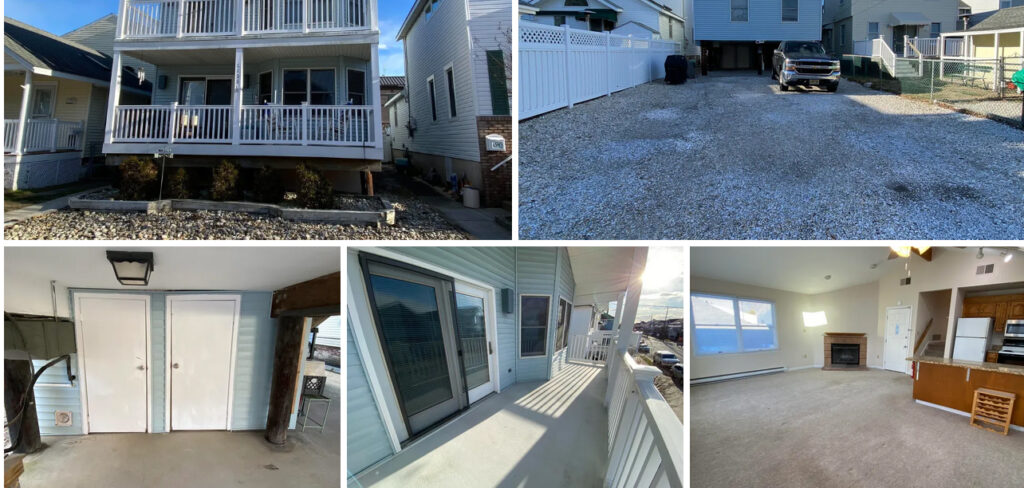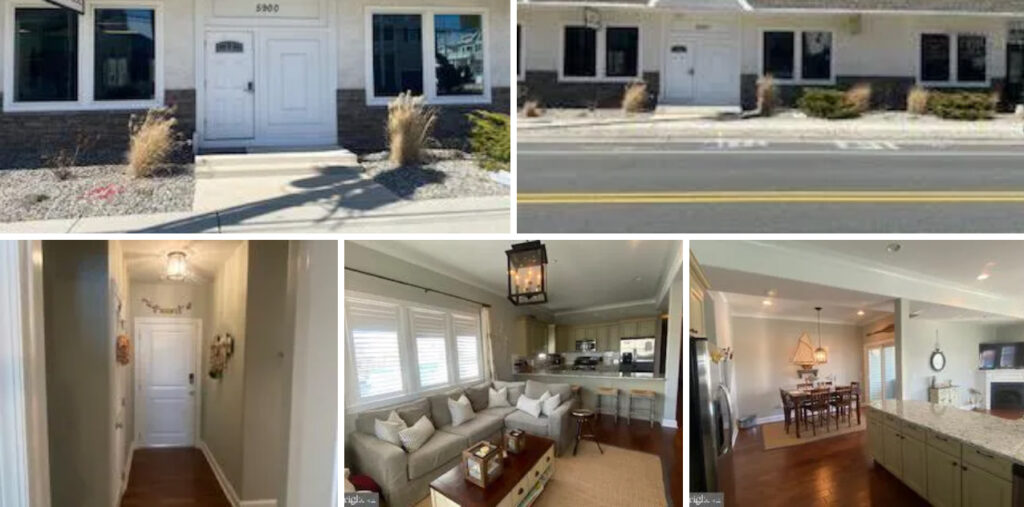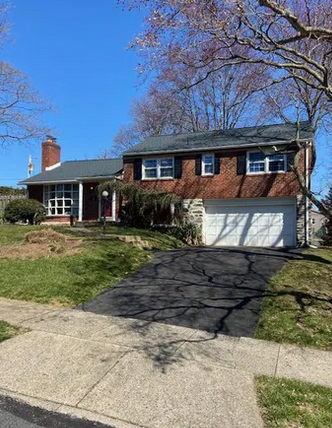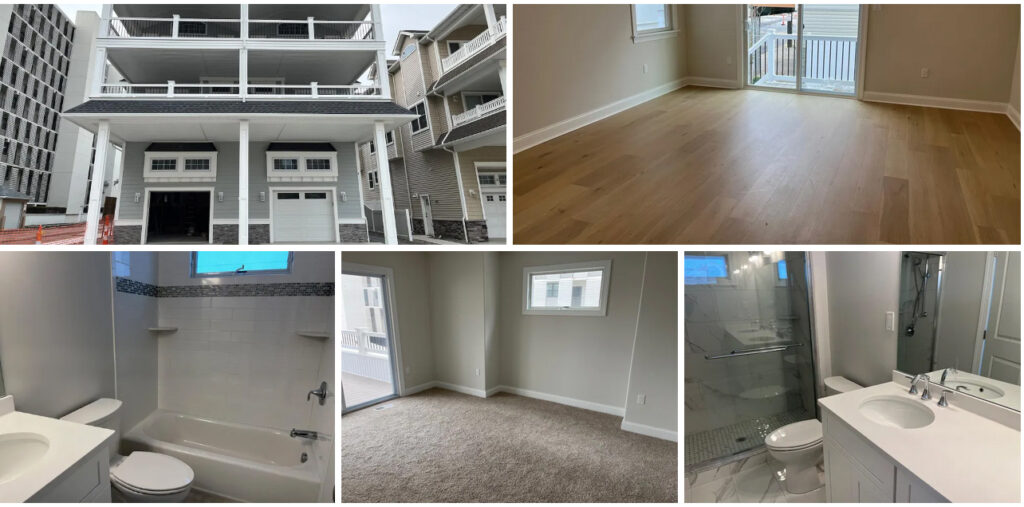Don’t know exactly what you want from a customer relationship management tool? Ask these questions to identify which options will address your true needs.
Choosing the right customer relationship management tool may be one of the most frustrating aspects of setting up your real estate business. Many practitioners have tried several systems but still can’t seem to find the one that fits their needs. If it works correctly, your CRM should serve as a silent partner, providing the structure to organize and nurture your contacts and relieve you of repetitive, mundane duties so you can focus on building your business. But too often, real estate pros find that their CRM doesn’t offer enough of the support they wanted.
Before choosing a CRM, you have to know what you want out of it. Blindly trying out systems can quickly become a waste of time. Micah Olson, associate broker at RE/MAX Results in Orem, Utah, advises that pros pass on CRMs that aren’t real estate–specific because they won’t be able to address your specialized needs. “I don’t see why anyone would want to customize a non-real estate CRM,” he says. “There are enough systems available today that are already set up for how real estate professionals work and the information they need,” he adds.
But Olson has learned that it’s rare for a single CRM to have all the features and functionality a practitioner needs. So how can you find the one that comes the closest? Here are some questions to ask as you look for the CRM that will work best for you.
- Is it compatible with other tools you’re already using? Olson, who uses Top Producer(link is external), found that he could easily integrate video service BombBomb(link is external) and the Riley lead management system(link is external) into his CRM. Focus particularly on a CRM that will be compatible with your lead generation tools, Olson suggests. “Talk to your top three sources of leads and find out which CRM integrates most naturally with their system so you won’t have to enter [customer] information manually.”
- Does it have robust automation features? A CRM’s capacity to set up and automate routine correspondence and marketing campaigns is probably most important for real estate professionals, Olson says. He’s created automated communication plans for a range of business opportunities, such as buyer and seller leads, new listings, valuation requests, buyers under contract, and follow-up with clients. “I can even set auto emails to go out six months after doing something like a valuation request, asking a client if they would like an update,” he says.
- Does the CRM provider offer sufficient customer support? It’s important to know that if you run into problems using your CRM, you’ll get adequate assistance. When Joe Pryor, CRS, broker-owner of The Virtual Real Estate Team in Oklahoma City, upgraded to RealtyJuggler(link is external) four years ago, one of the aspects of the CRM he appreciated most was its video tutorials and step-by-step guides on how to use its features. “So you don’t have a huge learning curve,” Pryor says. And if he needed to call or email customer support, a representative was always quick to respond, he adds. “I really appreciate how personable, available, and responsive customer support is if you have a question.”
- Does the company behind the CRM have staying power? Newer companies may be creating CRMs with more state-of-the-art features, but if they haven’t established longevity in the market, you could be stuck looking for another CRM if they go out of business. Mary Pope-Handy, CRS, CIPS, a sales associate with Sereno Group in Los Gatos, Calif., was using one CRM but the company folded. As a result, she lost all of the email records that were attached to her contact list. She wanted assurance that her next CRM provider would be around for the long haul, so she decided to use PropertyBase(link is external), which integrates with SalesForce.com(link is external), a longstanding company. “SalesForce is a big platform, and it won’t go out of business,” Pope-Handy says.
- How much time are you willing to invest in learning a CRM’s features? “You can find a CRM system with basic functionality that’s easy to use—but it doesn’t do much,” Pope-Handy says. “Or you can choose a system that will do whatever you want, like track referrals, but you have to be willing to invest your time to learn how to use it.” She says her CRM can “do anything you can imagine,” though it took her about a month to learn how to navigate the system. So when you’re evaluating CRMs, first look at the basic features you need, then determine how many extra features you have the patience to learn.
- Will the CRM be appropriate for everyone on your team? Chris Kallin, a sales associate at Realogics Sotheby’s International Realty in Seattle, says that when he joined the brokerage’s four-person Seattle by Design team a year ago, each team member was using a different CRM. “One of the first questions I asked was, ‘If we are going to use a CRM, why not implement the same system for everyone?’” Kallin says. Over several months, he sought recommendations from other real estate professionals, researched dozens of options, and tried several before narrowing his list down to the top three, based on factors such as price, user interface, and intuitiveness of the software. User interface in particular is an overriding factor when choosing a CRM for a team, Kallin says.
- Do you want your CRM to focus on sales or relationships? When you launch your CRM, what kind of information first pops up? “If it’s a sales funnel and weighted opportunity figures, then it’s a sales-focused CRM, and that purports to be its primary value,” Kallin explains. “If it first presents you with contact records, then it’s more people-focused.” His team members emphasize client relationships, so they chose IXACT Contact(link is external) as their team CRM. Kallin especially likes a feature that includes the name of a client’s partner or spouse in each contact entry and uses both names in automated correspondence.
Remember that choosing a CRM is a personal decision and should reflect what you consider most important in your business, Kallin says. Once you’ve compiled a short list of potential solutions, the best proof is in their use. “Most CRMs offer a free trial,” Kallin notes. “Spend a couple of hours under the hood seeing how records are set up, what kind of action plans it provides, and how much of the work is already done for you. Then you’ll know which one is your best choice.”

©National Association of REALTORS®
Reprinted with permission













